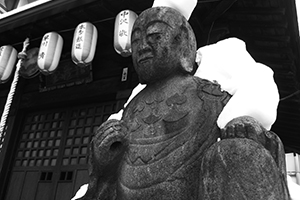 Although the famed Kusatsu Onsen is perfectly suitable to visit any time of the year, the resort is probably best experienced during Japan’s winter months. The juxtaposition of Gunma Prefecture’s biting mountain air and pristine snow banks matched with Kusatsu’s mysteriously healing hot spring waters is the perfect combination. Located 1200 meters above sea level and just a couple of hours away from Tokyo’s crowded metropolis, the resort offers a historic oasis of peace nestled within a small town firmly dedicated to the promotion and preservation of onsen culture.
Although the famed Kusatsu Onsen is perfectly suitable to visit any time of the year, the resort is probably best experienced during Japan’s winter months. The juxtaposition of Gunma Prefecture’s biting mountain air and pristine snow banks matched with Kusatsu’s mysteriously healing hot spring waters is the perfect combination. Located 1200 meters above sea level and just a couple of hours away from Tokyo’s crowded metropolis, the resort offers a historic oasis of peace nestled within a small town firmly dedicated to the promotion and preservation of onsen culture.
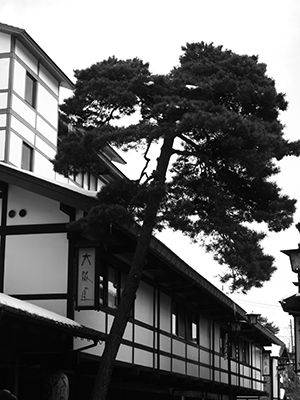 At the root of of Kusatsu’s ever-popular onsen offerings, technology works to maintain a delicate balance between the onsens and the surrounding natural wildlife. A huge treatment plant sits within the township, neutralizing the onsen water flowing into neighboring rivers, thus protecting the local fish from the acidic waters. Before this process was developed, because of the water’s fatal effects on the local wildlife, local residents called the water’s source the “river of death.” Now, due to technology developed over 35 years ago, that dark moniker is no longer used to describe the serene confines of Kusatsu.
At the root of of Kusatsu’s ever-popular onsen offerings, technology works to maintain a delicate balance between the onsens and the surrounding natural wildlife. A huge treatment plant sits within the township, neutralizing the onsen water flowing into neighboring rivers, thus protecting the local fish from the acidic waters. Before this process was developed, because of the water’s fatal effects on the local wildlife, local residents called the water’s source the “river of death.” Now, due to technology developed over 35 years ago, that dark moniker is no longer used to describe the serene confines of Kusatsu.
In the center of the town you’ll find the well-known Yubatake, or “hot water field,” a large wooden holding area slowly feeding fresh water to the town’s many onsens. If you’re lucky enough to get to Kusatsu on a cold winter night, make a note to awake in the middle of the night and view the billows of white steam flowing gently from the waters of Yubatake into the chilly night air.
Those inexperienced in the ways of onsens may at first find it somewhat difficult to withstand the extremely hot temperature of the water. In such cases one shouldn’t be shy about taking 10-15 minutes to gradually enter the water as the body slowly adjusts to the temperature. Despite the extreme heat, once you’re in the water, you’ll soon realize the patient effort was worth it.
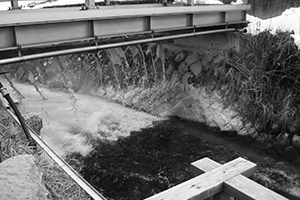 There are two ways to enjoy onsens at Kusatsu: inside, at a traditional Japanese ryokan, or outside, breathing in fresh mountain air while bathing in the healing onsen water. Usually, private ryokan onsens are best for romantic couples, while outside onsens offer an invigorating, back-to-nature experience that is completely unique to Japan.
There are two ways to enjoy onsens at Kusatsu: inside, at a traditional Japanese ryokan, or outside, breathing in fresh mountain air while bathing in the healing onsen water. Usually, private ryokan onsens are best for romantic couples, while outside onsens offer an invigorating, back-to-nature experience that is completely unique to Japan.
Despite the popularity of Kusatsu Onsen, you won’t find many foreigners during your stay, which may or may not be a welcome bit of authenticity depending on your level of Japanese ability when it comes to restaurant and hotel situations. Surrounded by charmingly rustic old homes boasting classic Japanese design, Kusatsu is relatively easy to get to from Tokyo. Simply take the Limited Express “Kusatsu” from Ueno Station (travel time approximately 2 hours 30 min) and then take the JR Bus to the Kusatsu Onsen Bus Terminal (travel time approximately 30 min). For more information about Kusatsu visit the official website at: www.kusatsu-onsen.org.
Story by Adario Strange
From J SELECT Magazine, May 2008

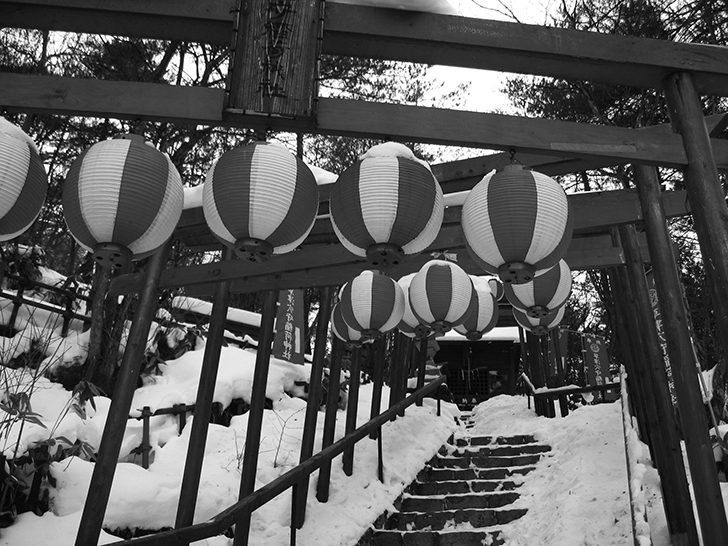

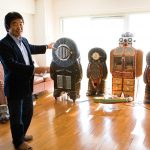
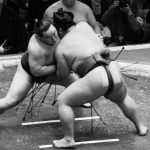
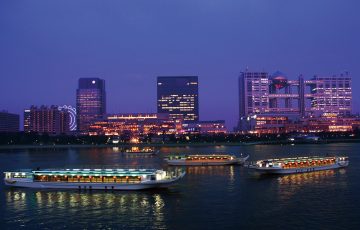
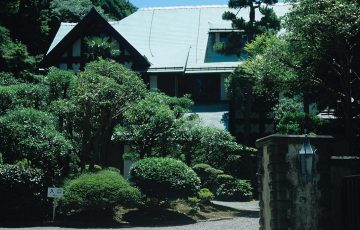
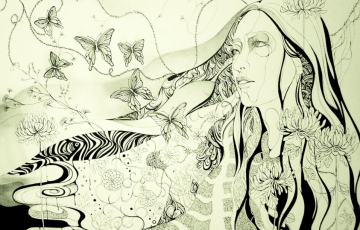
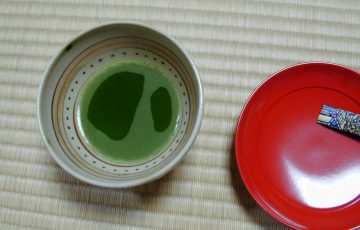

-360x230.jpg)
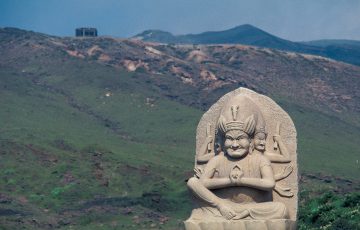
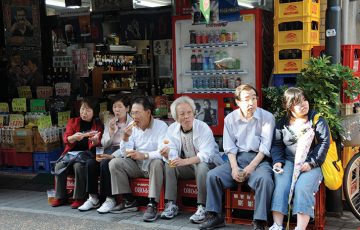


Recent Comments